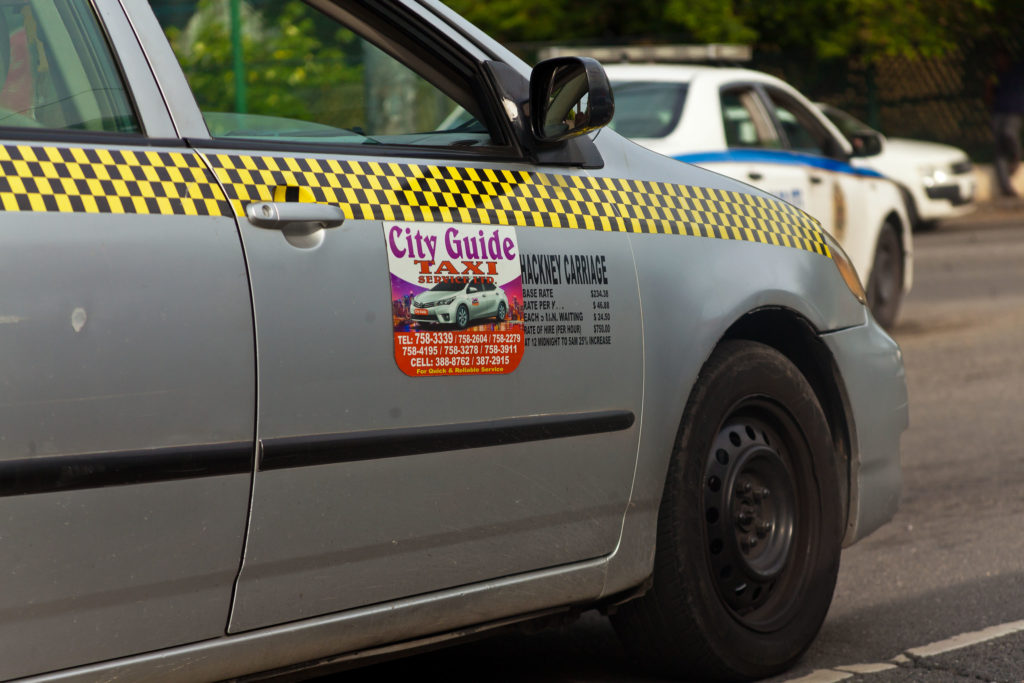

Mikael Phillips, opposition spokesperson on Transport, has blamed a lack of public education for the recent public backlash against the regulations under the new Road Traffic Act.
Phillips was speaking in response to new amendments to the law governing the use of restraint systems for transporting children, revealed Transport and Mining Minister Audley Shaw in Parliament yesterday (February 7).
The amendments were coming after taxi operators and the public expressed concern that the child restraint regulation, which requires a car seat in order to transport infants and young children in a public passenger vehicle, is an unrealistic expectation.
“If public education was done, in the way that we expected public education to take place then a matter like this could have been dealt with a long time ago,” said Phillips.
He added that “many of what is now in the new Act was already in law before but was not enforced and many members of the public didn’t know”.

Pointing to Regulation 249 (5) of the new Act, which states that using any vehicle to tow a car other than a tow truck on a toll road carries a J$20,000 fine, Phillips stated this was just one example of an offence that already existed but was not commonly known among members of the public.
He then said that the Opposition welcomed the amendments to the Act, but that the Government and the Opposition have a responsibility to ensure that the public is safe and more public education is needed.
Under the new Road Traffic Act, which took effect on February 1, it is an offence to transport a child without the use of a restraint system, which carries a fine of $5,000.
The amendments to be made to the child restraint regulations for public passenger vehicles are as follows:
- In the case of licensed public passenger cars or buses, children under one year must be restrained by an adult.
- Children one – three year olds may travel with no restraint or be restrained by an adult.
- Children three – six year olds may travel without restraint, restrained by an adult or a lap belt.
- Children six – nine year olds may travel without restraint or with a lap belt.
- Children over nine years old may travel without restraint, with a lap belt or a 3-point seat belt.
- Only children who are of the weight and size to use an adult seatbelt are permitted to travel in the front passenger seat.
- In addition, where an adult is restraining a child, the adult should not be in the front.
- Children under one year old are to be restrained by an adult in all forms of transport.
- All other children must be transported using appropriate restraint based on their size and weight.
- In licensed taxis and buses, children are allowed to travel without restraint but where a lap belt is available, it should be used.
- If a child is of the size to use an adult belt, this may be used if available.
- In all instances, the driver must wear a seatbelt, whether operating privately or as public passengers.







Comments